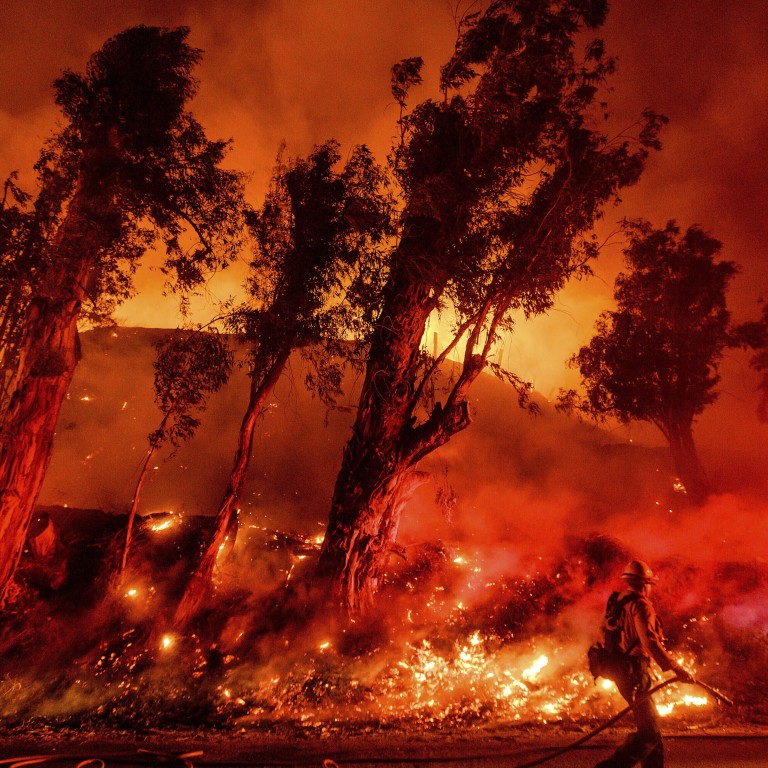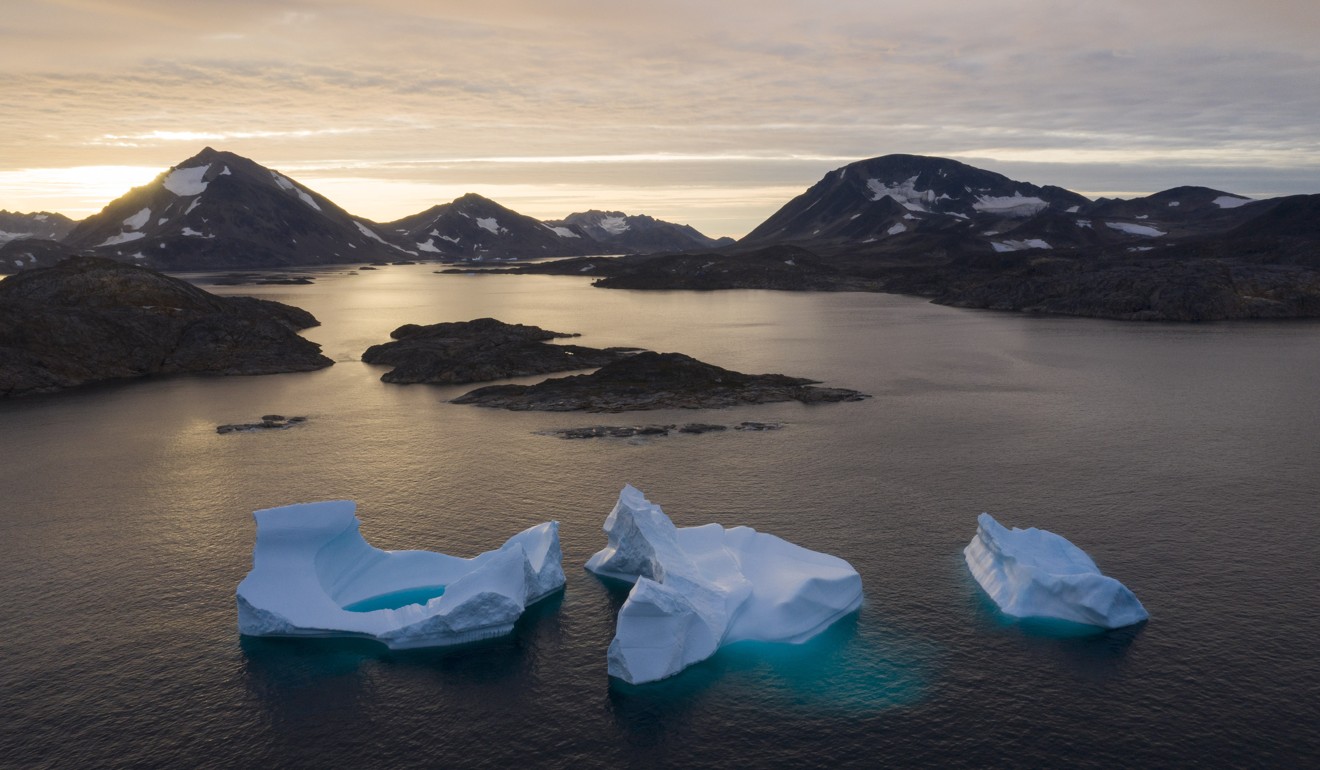
2019 was second hottest year ever, with more extreme weather on the way as expert warns to ‘raise the red flag’
- Average global temperature was 1.8 degrees Celsius above pre-industrial levels, creeping towards limit after which major changes to life on Earth are expected
- World Meteorological Organisation says heat likely to lead to more events like Australian bush fires of 2020
Last year was the second hottest year since records began, the World Meteorological Organisation (WMO) said on Wednesday, adding that heat was likely to lead to more extreme weather events like the Australian bush fires in 2020 and beyond.
The figures from the Geneva-based WMO crunches several data sets, including ones from Nasa and the UK Met Office.
It showed that the average global temperature in 2019 was 1.1 degrees Celsius (1.98 degrees Fahrenheit) above pre-industrial levels, creeping towards a globally agreed limit after which major changes to life on Earth are expected.
“Unfortunately, we expect to see much extreme weather throughout 2020 and the coming decades, fuelled by record levels of heat-trapping greenhouse gases in the atmosphere,” said WMO Secretary-General Petteri Taalas.

“Australia had its hottest, driest year on record in 2019, setting the scene for the massive bush fires which were so devastating to people and property, wildlife, ecosystems and the environment,” Taalas said.
Governments agreed at the 2015 Paris Accord to cap emissions enough to limit global warming to 1.5 degrees Celsius above pre-industrial levels after which global warming is expected to have extreme consequences that will all but wipe out the world’s coral reefs and most Arctic sea ice.
However, the WMO has previously said that temperature rises of 3 to 5 degrees could be expected if nothing is done to stop rising emissions, which hit a record in 2018.
Phasing out coal power, meeting climate goals ‘totally doable’ for China
The hottest year on record was in 2016 at 1.2 degrees above pre-industrial levels, the WMO said, due to the warming impact of an El Nino event.
“In the future we easily can expect warmer El Ninos than the previous ones,” said WMO scientist Omar Baddour, adding that that would drive temperatures even higher.
“We can raise a red flag now.”

